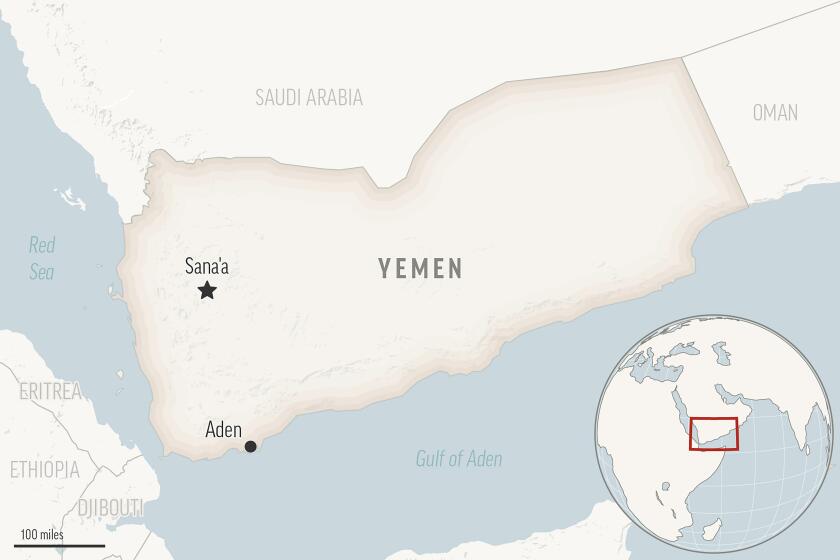Grain Production in Third World Trails Population Growth
- Share via
WASHINGTON — The “green revolution” of the 1960s, which promised high-yielding varieties of wheat and rice to a world threatened by famine, has failed to reach many impoverished Third World countries where birth rates continue to outstrip food production, a private research organization said Saturday.
By the year 2020, the projected global population of 7.8 billion will require grain yields 56% higher than 1985 levels, said the report by the non-profit Worldwatch Institute, which studies global problems, particularly agriculture and food supply.
Edward C. Wolf, the report’s author, said that while world grain production, had increased from 620 million metric tons in 1950 to 1.66 billion tons in 1985, those gains came mainly from big agricultural concerns able to afford fertilizers, pesticides and equipment and from smaller farmers in fertile areas planting high-yield grain.
“On some 300 million hectares (planted to cereal grain) in the Third World, supporting over a billion people, productivity has not measurably improved,” Wolfe said.
The introduction of improved crops to the Third World varied greatly, he said, ranging from 36% of the grain area in Asia and the Middle East to only 1% of Africa’s grain fields.
Food productivity in the Third World could be increased by refining traditional agricultural techniques rather than imposing unfamiliar technology on farmers and the use of biotechnology to improve genetically staple crops such as millet, cassava and tropical legumes, which have received little research attention, Wolf said.
More to Read
Sign up for Essential California
The most important California stories and recommendations in your inbox every morning.
You may occasionally receive promotional content from the Los Angeles Times.













